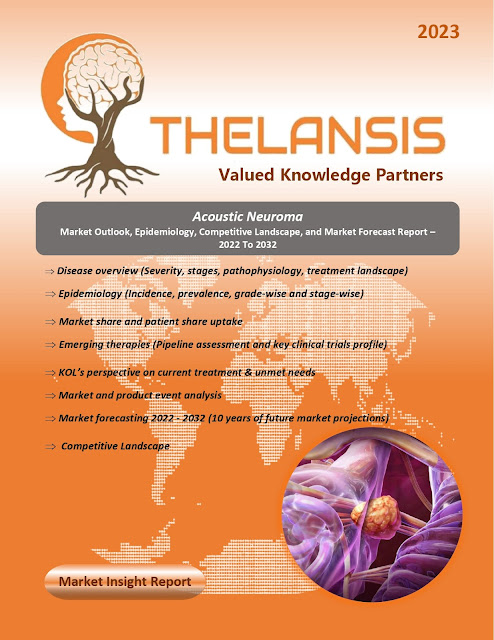Adrenocortical carcinoma (ACC) – Market Outlook, Epidemiology, Competitive Landscape, and Market Forecast Report – 2022 To 2032
_page-0001.jpg)
Adrenocortical carcinoma (ACC) is rare cancer that affects the adrenal gland and primarily affects individuals in early adulthood and between the ages of 40-50. Women are more commonly affected, comprising 55-60% of cases. The majority of ACC cases are of sporadic origin. However, they can also develop as part of familial diseases such as Beckwith-Wiedeman syndrome, Li-Fraumeni syndrome, Lynch syndrome, multiple endocrine neoplasia (MEN), and familial adenomatous polyposis (FAP). There are three main clinical presentations of ACC: hormone excess symptoms and signs in 40-60% of patients, non-specific symptoms due to local tumor growth such as abdominal or flank pain, abdominal fullness, or early satiety in a third of patients. Although the specific genetic alterations involved in ACC development are currently unknown, chromosomal abnormalities have been identified in hereditary neoplasia syndromes. The Wnt/β-catenin constitutive activation and insulin growth factor 2 (IGF2) overexpressi...

